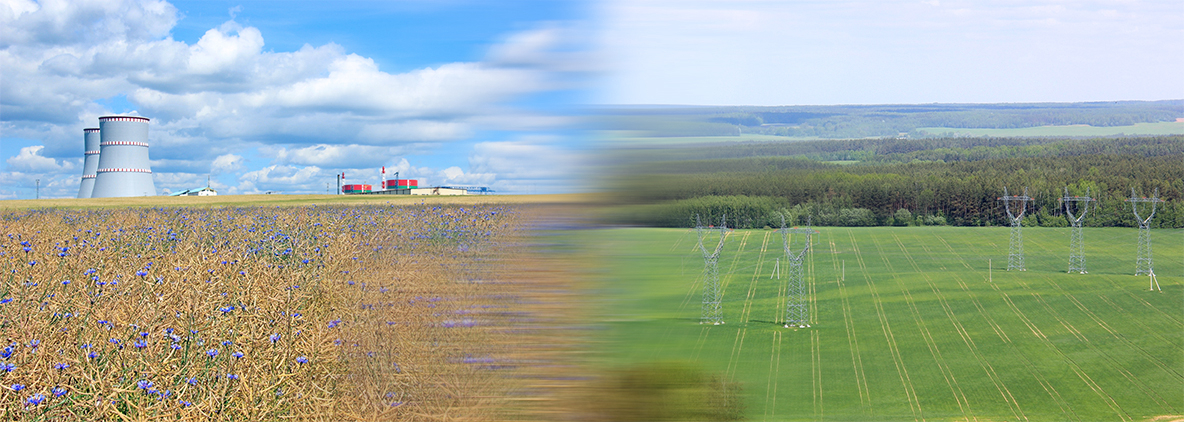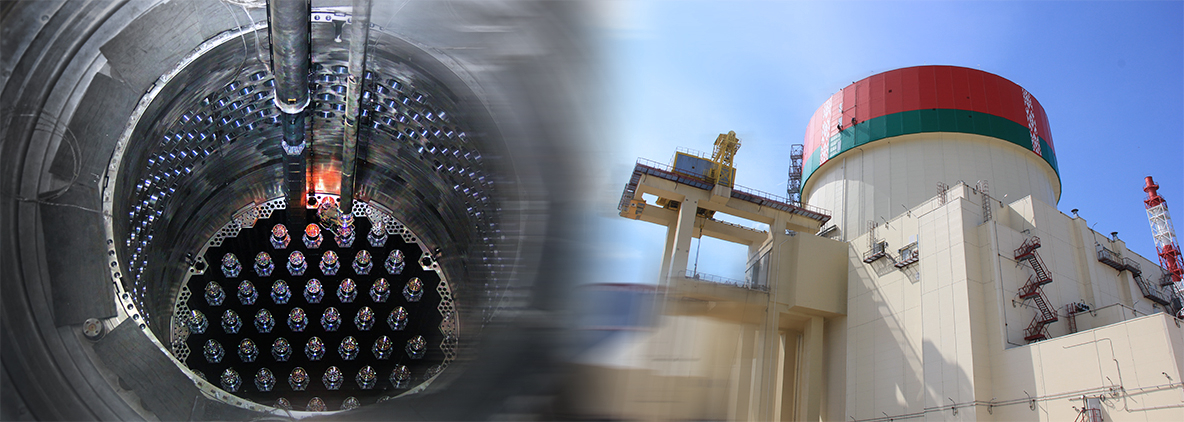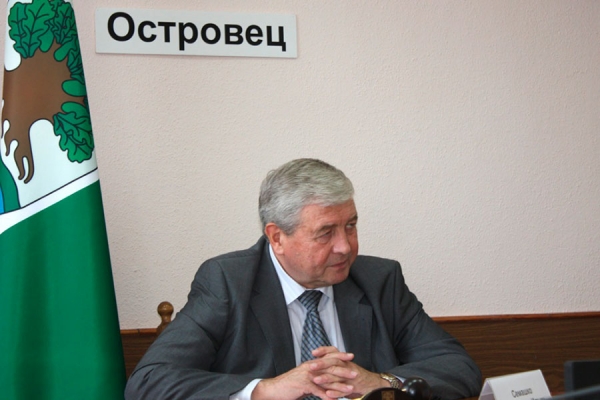When will the station be launched?
– Mr. Semashko, the reception of citizens was preceded by a meeting of the headquarters for the construction of Belarusian NPP, which was held under your leadership. In your estimation - how is the construction process going? Are there any problematic issues that are not solved or are difficult to solve?
– One of the problems is that in 2016, the reactor body was dropped when being transported. The general contractor replaced it without any reservations, but in this connection the date of commissioning of the first power unit has slightly shifted: it was planned for November 2018, now it is assigned to December 2019. We will launch the second power unit and the whole station in mid-2020.
At the construction site, everything is on schedule. At the moment, 142 different facilities are being constructed simultaneously, starting from the nuclear island and ending with auxiliary services and premises. In July, we finish the construction and installation works. In early March next year, the first power unit should be loaded with nuclear fuel, by the end of July - to finish the commissioning and start up the first unit in order to reach its design capacity by the end of 2019. And on July 1, 2020, we plan to launch the second power unit.
The task, of course, is tense - but absolutely realistic.
Who will settle in the "building" apartment?
– The construction of the city of power engineers is also under your close supervision - or are other people responsible for this?
– Of course, I am primarily responsible for the construction of the NPP, but the plant cannot exist without a city of power engineers. When the president first came to the construction site of Belarusian NPP, he left the helicopter and posed the task quite clearly: this plant should be the most reliable, the most modern and cheapest. Ostrovets should become the most beautiful regional center of the country. And we try to do it. Parallel to the construction of the plant, the town of Ostrovets turns into a modern city. We immediately set the task: builders should live in normal conditions: to take a shower, sleep, relax, watch TV after work. Therefore, in accordance with the schedule for the construction of the plant and with its advance, living houses were built in new microdistricts, equipped with everything necessary. At the same time, social infrastructure is being made: kindergartens, schools, sports facilities, a hospital.
When the builders leave, the houses built for their needs will be refurbished - and these apartments can be bought on preferential terms by those who will work at the plant or near the plant - the corresponding presidential decree has been signed. As rental housing, these apartments will be available to other professionals who would not work at the NPP.
In Ostrovets, transport issues will also be resolved. Recently, it was decided that employees of the plant will be brought to work by a new modern mode of transport - electric buses. 20 such vehicles already work in Minsk. Electric buses have proven their effectiveness: it is environmentally friendly transport, it is not necessary, as for trolleybuses, to put poles along the road, they are 15 percent more economical than trolleybuses. It is only right, having own nuclear power plant, to develop electric transport!
Will there be benefits for electricity?
– Many residents of the region are interested: will there be preferences for the population to pay for electricity?
– No.
Preferences are planned for the real sector of the economy, which is heavily overloaded. For example, two automotive giants - Belarusian MAZ and Russian KamAZ, which operate on the same Eurasian markets, buy electricity at different prices: MAZ pays 11 cents per kilowatt-hour, and KamAZ - 4.5 cents. I do not think it's worth explaining, whose products will be more competitive on the market. And this matters not only to these enterprises.
The second point: we need to gradually move away from cross subsidization. Today in Belarus, we have the lowest tariff for electricity for the population. In the west, the population pays for electricity 2-3 times more than industrial enterprises. For example, in Germany, about 8.5 cents per kilowatt-hour is paid by an industrial producer, and the population - about 27 cents. And we have the opposite: MAZ pays 11.5 cents, and private consumers - about 5 cents. Therefore, the tariff for the population will gradually rise - of course, not at a venture, but as real wages would grow. People have to pay for the real cost of this kilowatt-hour - today the population pays about 80 percent of the cost of electricity, gas - and even less: about 43 percent.
The task is to give the chance to "spin", to earn a real sector of the economy: in this case people will also benefit. After all, if an enterprise will work effectively, introduce new technologies, sell products for export - then people will have a decent salary. And the growth of human well-being has always been in the priority of our state policy.































